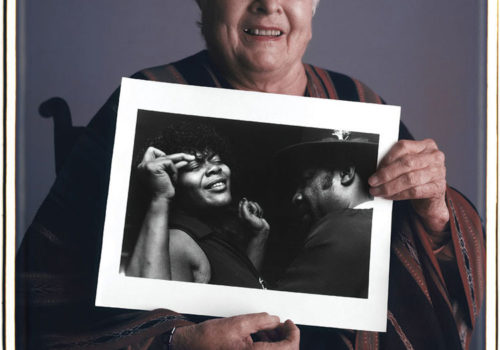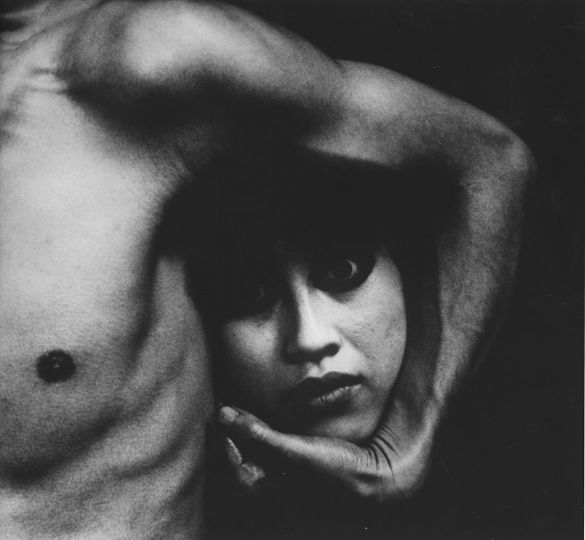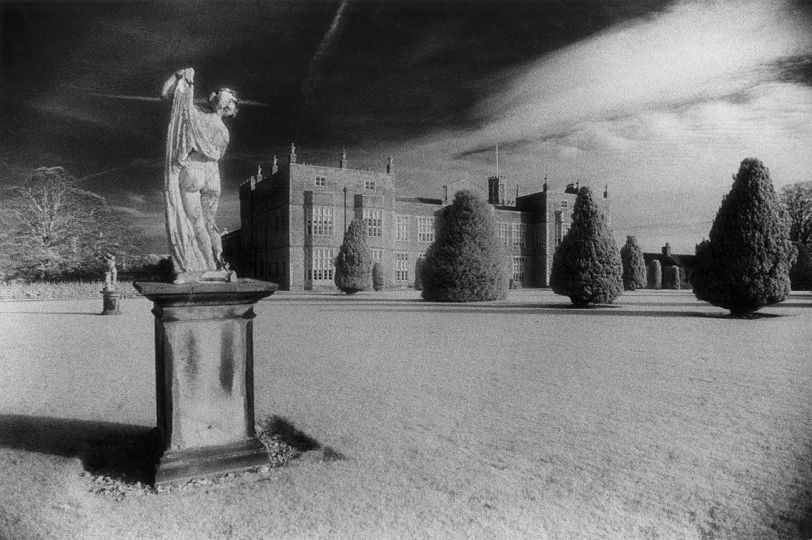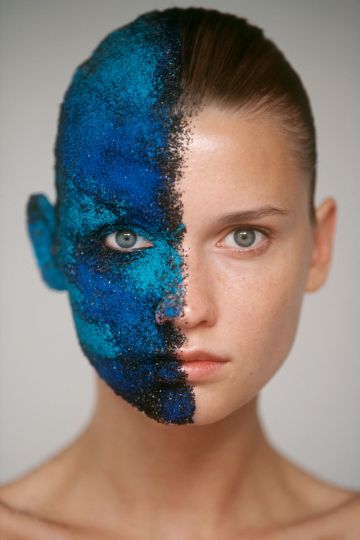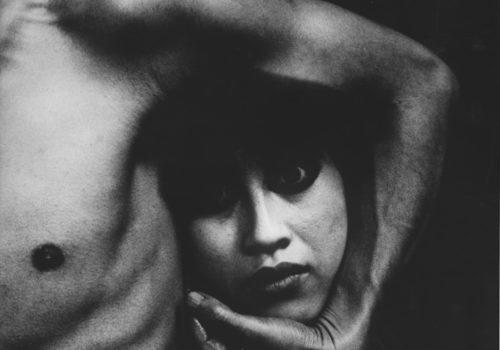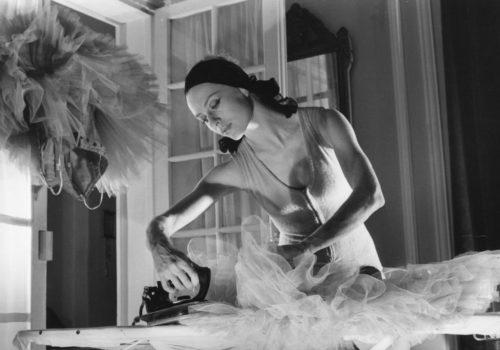Michelle Vignes 1926 – 2012
Michelle Vignes had a burning passion for social documentary photography and used it not only to create important bodies of work but to support other emerging and established photographers through the two organizations she co-founded: The International Fund for Photography and Fotovision. She passed away on Thurdsay, October 5th.
She was successful from the beginning. Born to a solid French family in Rheims which she left during the Nazi occupation, she moved to Paris as soon as she could and began working at Magnum in 1953 as a photo editor. She worked closely with Henri Cartier Bresson and the other founders, Robert Capa and Chim during some of the most exciting years at the agency. HCB came to rely on her so much that she quality checked all his prints.
“I had no clue how to print, but I knew what tonality he liked,” Vignes says. “Henri Cartier-Bresson, or HCB, was scared of keeping his negatives at Magnum because we all smoked, and he was afraid that we would set a fire. His negatives were stored in his studio, which was some distance from Magnum and four flights up. A friend who had been in prison with him in Germany, Claude LeFranc, would pick up the negatives, then bring them to me, and I would register them. Then I had a messenger send them to printer Pierre Gassman and back. I was always worried I’d lose his best negatives. HCB just cut the frame out of the strip, and put it in a tiny envelope. His work was filed chronologically, in very tight envelopes containing his proofs. On each envelope, there was the list of its contents. In order to know what he had done, you had to have been through all of those, and there were quite a few. I happened to have a good visual memory of his work, and could find anything very fast. I loved it right away. I put the photo packages together and got them out to the magazines.”
She left Magnum in 1957 for the Paris headquarters of the United Nations Educational, Scientific, and Cultural Organization (UNESCO) to work as a picture editor assigning and editing stories. She didn’t start taking photos professionally until she quit a public relations job in the photo department at the United Nations in New York and moved to San Francisco just in time for the sixties and the “Summer of Love”. She worked as a freelance photographer for Gamma Agency.
Her coverage of the Black Panther Party in Oakland and San Francisco brought her a national reputation, and she began to collaborate with Time, Life, Vogue, Newsweek, Ramparts, and numerous international publications. Vignes photographed the American Indian Movement (AIM) occupation of Alcatraz Island in 1969 and AIM’s declaration of secession from the United States as an independent Oglala nation at Wounded Knee in 1973. At Wounded Knee the FBI set up roadblocks with tanks, and armed agents policed the area for over three months. Vignes was one of the few photographers to shoot from inside the standoff and created a lasting bond with AIM members and the Native American community. At Wounded Knee, “my aim was
to show what it is to be under siege, surrounded by the Army,” Vignes says.
Her work as a social documentarian began in earnest with this project. In the mid-seventies Vignes started a long series on blues musicians, which culminated in the publication of three books: Oakland Blues, Bay Area Blues, and The Blues. Her work, “The Gospel,” flows from her interest in African American music and spiritual traditions in the San Francisco Bay Area.
As a co-founder of the International Fund for Documentary Photography. This fund was the first to raise money through print sales. It became an international organization that attracted the attention and support of Sebastiao Salgado. Later, she co-founded Fotovision in San Francisco which supported the social documentary community through workshops, lectures and publication of original photography.
Ms. Vignes was also a respected teacher in the San Francisco Bay Area, where she has helped to bring together photographers from different generations and continents. Vignes has received numerous awards, including the Chevalier des Arts des Lettres by France’s Minister of Culture and the Oakland Museum’s Dorothea Lange Award for distinguished work by a woman photographer. Her work is represented by Smith Anderson North in California. In 2003 Michelle Vigne’s archives were acquired by UC Berkeley’s Bancroft Library. Amazingly, her entire career as a photojournalist was accomplished despite mobility issues left from a childhood case of polio. She never ceased to inspire her colleagues and students by her ability to push through everything to make her work happen. She was a very strong woman with great compassion for her subjects, distinct and intelligent opinons about everything, but especially photography and she will be missed.
Melanie Light

